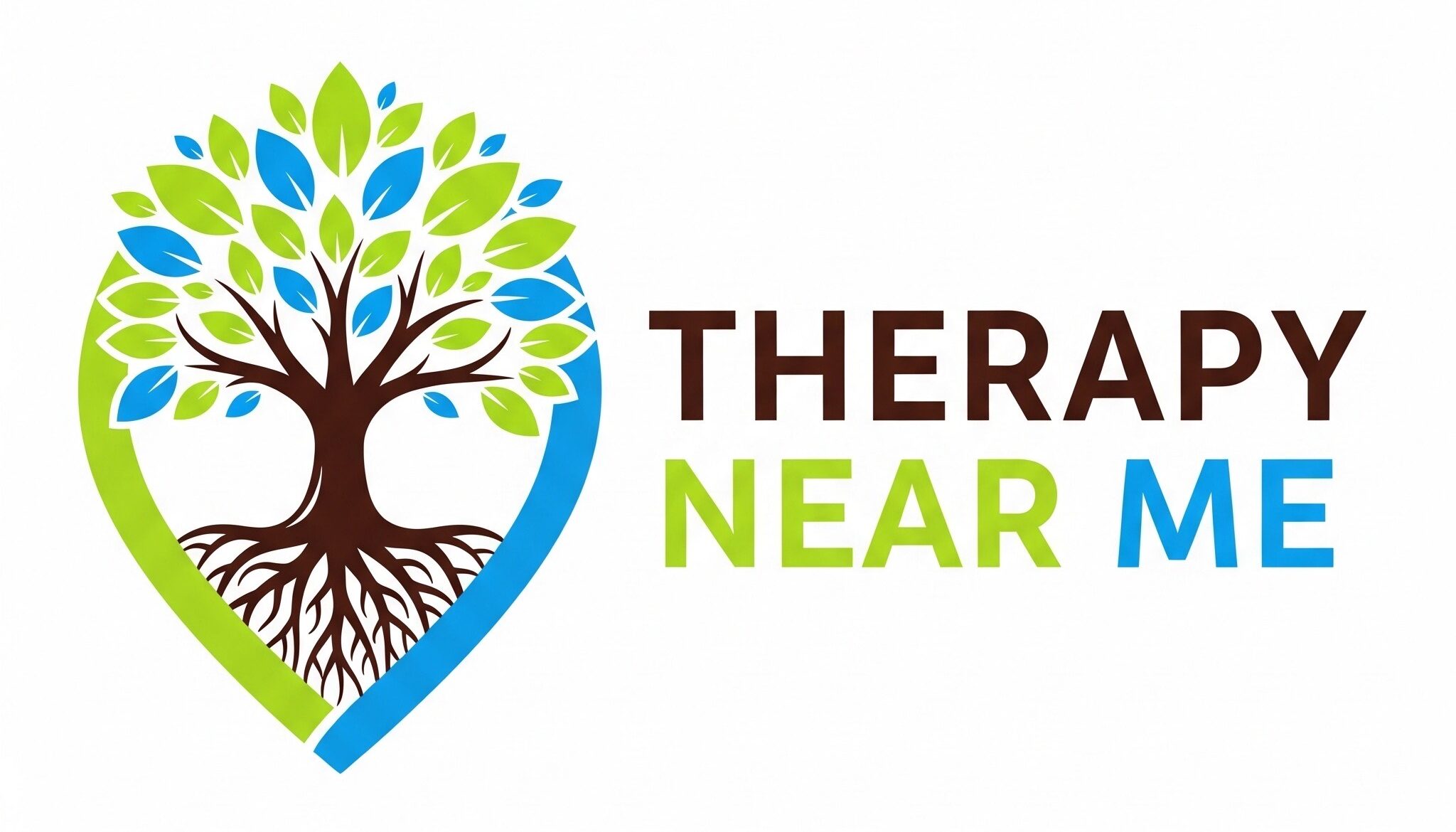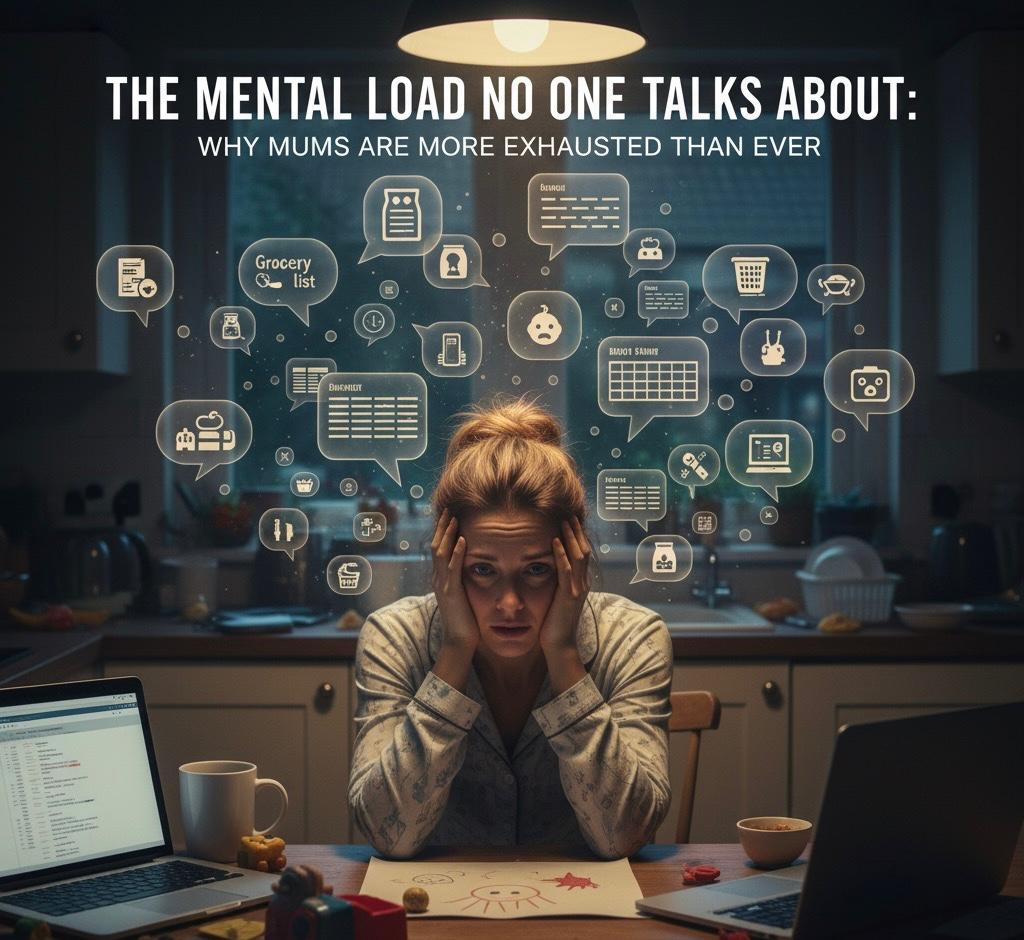Cognitive Behavioural Therapy (CBT) is a widely used and evidence-based psychological treatment that has been proven effective for a range of mental health disorders, including anxiety, depression, post-traumatic stress disorder (PTSD), and eating disorders. This article provides an overview of CBT, its applications, and the evidence supporting its efficacy, with a focus on its practice in Australia.
What is Cognitive Behavioural Therapy?
CBT is a type of psychotherapy that focuses on the interrelationships between thoughts, feelings, and behaviors. It is based on the concept that negative thought patterns and beliefs can lead to maladaptive behaviors and emotions, which can perpetuate or exacerbate psychological disorders. CBT aims to change these cognitive distortions and improve emotional regulation by teaching patients to challenge and replace negative thoughts with more objective, realistic ones.
Applications of CBT
CBT is used to treat a wide range of psychological problems. In Australia, it is commonly employed for:
- Depression: CBT helps to challenge the negative thoughts and beliefs contributing to depression, aiming to alter behavioral patterns that might be maintaining depressive symptoms.
- Anxiety Disorders: It is effective in treating various forms of anxiety, including generalised anxiety disorder (GAD), social anxiety disorder, panic disorder, and phobias. CBT techniques help patients understand how their thoughts contribute to anxiety symptoms and how to manage them.
- PTSD: CBT, particularly trauma-focused CBT, helps individuals process and reinterpret traumatic experiences to reduce ongoing distress.
- Obsessive-Compulsive Disorder (OCD) and Eating Disorders: CBT helps to address the compulsive behaviors associated with OCD and the distorted attitudes towards food and body image seen in eating disorders.
Effectiveness of CBT
Numerous studies have confirmed the efficacy of CBT for various disorders. A meta-analysis by Hofmann, Asnaani, Vonk, Sawyer, and Fang (2012) found CBT to be an effective treatment for numerous disorders, including depression, anxiety disorders, and severe mental illness. Another study by Tolin (2010) showed that CBT has a lasting impact on symptoms of anxiety and depression, with many patients maintaining their gains well after the treatment had ended.
Types of CBT
CBT encompasses various structured techniques that help individuals recognise and alter dysfunctional thoughts, emotions, and behaviors.
1. Traditional Cognitive Behavioural Therapy
Traditional CBT focuses on identifying and challenging negative thought patterns (cognitive distortions) and changing unhelpful behaviors. It is based on the model that thoughts, feelings, and behaviors are interconnected, and changing negative thoughts can improve emotional regulation and outcomes.
2. Rational Emotive Behavior Therapy (REBT)
Developed by Albert Ellis, REBT is one of the oldest forms of CBT and emphasises the role of rational thinking in emotional health. REBT helps patients understand how irrational beliefs cause emotional distress and teaches them to adopt more rational and adaptive thinking patterns.
3. Dialectical Behavior Therapy (DBT)
DBT is a type of CBT that combines standard cognitive-behavioral techniques for emotion regulation and reality-testing with concepts of distress tolerance, acceptance, and mindful awareness largely derived from Buddhist meditative practice. DBT is particularly effective for treating borderline personality disorder and conditions involving intense emotions.
4. Cognitive Therapy (CT)
Cognitive Therapy, closely associated with the work of Aaron Beck, focuses specifically on changing the cognitive distortions and building cognitive skills. This form of CBT is widely used for treating depression and is effective in helping individuals identify and correct problematic beliefs that contribute to negative emotions.
5. Acceptance and Commitment Therapy (ACT)
ACT is a newer form of CBT that uses acceptance and mindfulness strategies mixed with commitment and behavior-change strategies to increase psychological flexibility. Instead of striving to control or eliminate difficult feelings or thoughts, ACT teaches individuals to simply notice, accept, and embrace their mental events, particularly those previously battled against.
6. Mindfulness-Based Cognitive Therapy (MBCT)
MBCT combines traditional CBT methods with mindfulness strategies aimed at developing a greater awareness of the present moment. It specifically helps to prevent the recurrence of depression, particularly in individuals who have suffered multiple episodes.
CBT Effectiveness For Children
Cognitive Behavioural Therapy (CBT) is a widely recognised and effective treatment modality for addressing a range of psychological issues in children, including anxiety, depression, and behavioral problems. This approach helps children understand the connection between their thoughts, feelings, and behaviors and learn strategies to manage and change them positively. Despite its proven efficacy, there are several limitations and challenges in the accessibility and implementation of CBT for children in Australia.
Effectiveness of CBT in Treating Childhood Disorders
CBT is tailored to help children deal with a variety of psychological issues effectively. It uses practical self-help strategies and is often seen as more engaging for children, especially when activities and language appropriate for their age are incorporated into the therapy.
- Anxiety: CBT is considered the gold standard treatment for anxiety disorders in children. Techniques such as cognitive restructuring help children to identify and challenge irrational or fearful thoughts. A systematic review by James, James, Cowdrey, Soler, and Choke (2013) confirms the effectiveness of CBT in reducing symptoms of anxiety in young populations.
- Depression: CBT helps to mitigate symptoms of depression by encouraging children to engage in more positive thinking and behavior patterns. It also teaches coping skills that can help them manage their mood and reduce feelings of helplessness and hopelessness.
- Behavioral Disorders: For issues like Oppositional Defiant Disorder (ODD) and Conduct Disorder (CD), CBT works on improving problem-solving skills, anger management, and social skills, which are often areas of difficulty for these children.
Limitations of Cognitive Behavioural Therapy
Despite its proven efficacy, CBT is not without its limitations, both in terms of the therapy itself and the services through which it is delivered.
Limitations of CBT
1. Scope of Applicability
CBT is highly structured and focused on addressing specific problems, which can be a limitation for clients with complex mental health needs or those with more nuanced emotional issues that require exploratory treatment approaches. The therapy assumes that changing thought patterns can alter behaviors and emotions, but this may not fully address underlying psychological issues such as trauma or personality disorders.
2. Dependence on Client Involvement
CBT requires significant effort from the client, including engagement in the therapeutic process and motivation to change. This can be a barrier for individuals who are passive or have low motivation due to their mental health condition. Additionally, the success of CBT is highly dependent on the client completing homework outside of sessions, which not all clients are willing or able to do.
3. Cultural Considerations
CBT’s focus on individualism and self-help may not align well with all cultural values, which can affect its effectiveness in diverse populations. For example, in cultures where collective decision-making is a norm or where mental health stigma is prevalent, the direct and confrontational nature of CBT can be less acceptable.
Limitations in CBT Services
1. Accessibility Issues
In Australia, there is a notable disparity in the availability of CBT services between urban and rural areas. Rural areas often suffer from a lack of qualified mental health professionals, which means access to CBT and other therapies can be limited.
2. Cost
While some CBT services are covered by Medicare under the Better Access initiative, there are limits to the number of sessions that can be claimed per year. This can make continued access to CBT financially challenging for many Australians, especially those needing long-term therapy.
3. Lack of Tailored Services
There is a need for more tailored CBT programs that address specific demographic groups such as children, adolescents, the elderly, and culturally and linguistically diverse populations. The one-size-fits-all approach often fails to meet the unique needs of these groups.
Conclusion
Cognitive Behavioural Therapy is a robust and highly effective treatment for a variety of psychological disorders and is a cornerstone of modern psychotherapy, particularly in Australia. While there are challenges in accessibility and suitability for some individuals, ongoing efforts to integrate CBT into various health delivery models are helping to overcome these barriers, ensuring that more people can benefit from this crucial therapy. As research continues to evolve, it is expected that adaptations and innovations in CBT will address its current limitations and widen its applicability and effectiveness.
References
- Hofmann, S. G., Asnaani, A., Vonk, I. J., Sawyer, A. T., & Fang, A. (2012). The Efficacy of Cognitive Behavioral Therapy: A Review of Meta-analyses. Cognitive Therapy and Research, 36(5), 427-440.
- Tolin, D. F. (2010). Is cognitive-behavioral therapy more effective than other therapies? A meta-analytic review. Clinical Psychology Review, 30(6), 710-720.
- Beck, A.T. (1979). Cognitive Therapy and the Emotional Disorders. International Universities Press.
- Ellis, A. (1962). Reason and Emotion in Psychotherapy. Lyle Stuart.
- Linehan, M.M. (1993). Cognitive-Behavioral Treatment of Borderline Personality Disorder. Guilford Press.
- Beck, J.S. (2011). Cognitive Behavior Therapy: Basics and Beyond. Guilford Press.
- Hayes, S.C., Strosahl, K.D., & Wilson, K.G. (2012). Acceptance and Commitment Therapy: The Process and Practice of Mindful Change. Guilford Press.
- Segal, Z.V., Williams, J.M.G., & Teasdale, J.D. (2002). Mindfulness-Based Cognitive Therapy for Depression: A New Approach to Preventing Relapse. Guilford Press.
- James, A.C., James, G., Cowdrey, F.A., Soler, A., & Choke, A. (2013). Cognitive behavioural therapy for anxiety disorders in children and adolescents. Cochrane Database of Systematic Reviews, 2013(6).
- Hofmann, S. G., Asnaani, A., Vonk, I. J., Sawyer, A. T., & Fang, A. (2012). The Efficacy of Cognitive Behavioral Therapy: A Review of Meta-analyses. Cognitive Therapy and Research, 36(5), 427-440.
- Kazantzis, N., Deane, F. P., & Ronan, K. R. (2000). Homework Assignments in Cognitive and Behavioral Therapy: A Meta-Analysis. Clinical Psychology: Science and Practice, 7(2), 189-202.
- Sue, S., Zane, N., Hall, G. C. N., & Berger, L. K. (2009). The Case for Cultural Competency in Psychotherapeutic Interventions. Annual Review of Psychology, 60, 525-548.
How to get in touch
If you or your patient/NDIS clients need immediate mental healthcare assistance, feel free to get in contact with us on 1800 NEAR ME – admin@therapynearme.com.au.







